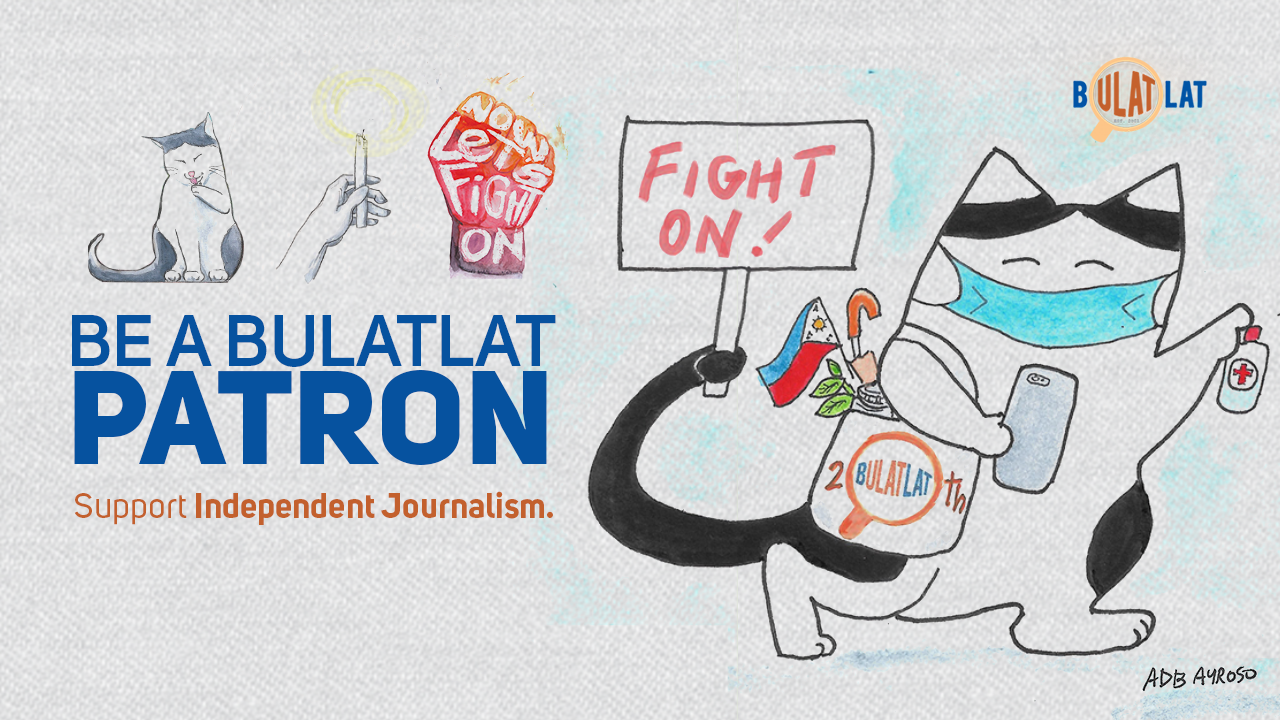
Bulatlat.com
SAN PABLO, Laguna – Sugarcane farmers and advocates in Batangas province are challenging the Department of Agriculture to take over the recently shut-down Central Azucarera de Don Pedro, Inc’s (CADP) milling operations.
Sugarfolks Unity for Genuine Agricultural Reform Batangas (SUGAR), an alliance of sugarcane farmers, farm workers, and advocates, said the government should step in to take over CADP in order to “salvage and strengthen the sugar industry” instead of “relying on imports for our sugar needs.”
The call comes from concerns of “possible bankruptcy of 4,584 sugarcane planters [and] less work for more than 10,000 sugarcane field workers,” according to SUGAR Spokesperson Christian Bearo.
Sugar production is divided into “mill districts” which are serviced by specific mills. For the 2022-2023 crop year, the Sugar Regulatory Administration (SRA) estimated that the sugarcane in Don Pedro mill district can produce 40,701.9 metric tons (MT) of raw sugar.
With CADP not starting milling operations, planters within the Don Pedro mill district have to look elsewhere to process their harvest before they lose them to spoilage.
Their nearest choice is URC-SURE in Balayan, Batangas. It is the only other sugar mill in the Southern Tagalog region. The next nearest sugar mill that can handle such a large supply is Central Azucarera de Tarlac in Tarlac province.
URC-SURE, however, is unable to accommodate the sudden surge in cane supply. Last January 14, some 900 sugarcane trucks carrying approximately 18,000 tons of sugarcane were lined up at the sugar mill. The next day, URC-SURE announced a cut-off on sugar production because their 500kW boiler motor broke down and needed repairs.
URC-SURE only has a milling capacity of 4,500 metric tons of raw sugar per day. In contrast, CADP has more than twice the milling capacity with 12,000 MT/day.
Subsidies not enough
On January 23 and 24, the Batangas provincial government promised to subsidize transportation costs for planters while the Department of Labor and Employment promised to provide P80 million (US$1.48 million) in aid to 2,000 farm workers and small planters. Bearo pointed out that these solutions only covered “only a fraction” of the affected workers and planters.
SUGAR estimates that there are 4,229 small planters within the Don Pedro mill district who own less than five hectares of land. The group also stated that the local government “does not have the means” to successfully finance sugarcane transportation to CAT, which by their estimate would cost at least P6 million ($111,606) per day for 200 trucks.
“The only lasting solution is for the government to reopen CADP’s milling operations,” Bearo said. “It should also provide wage subsidy to all sugar workers involved in sugar production and compensation for any losses the planters may suffer, especially the small planters.”
Workers within CADP are also fighting against the closure. The National Congress of Unions in the Sugar Industry of the Philippines (NCUISP) has described the removal of 125 regular CADP workers as a form of “union busting” and a violation of their collective bargaining agreement.
The two unions within CADP, the Batangas Labor Union and the Professional Technical Workers Union are affiliated under NCUSIP. Last January 9, BLU and PTWU passed a strike referendum and engaged in mediation with DOLE and CADP management. Last January 24, a settlement of almost P100 million was reached for 97 union members.
Far-reaching consequences
SUGAR is also concerned that CADP’s shutdown of milling operations could lead to widespread land-use conversion, such as the proposed Cavite-Tagaytay-Batangas Expressway, which will run through sugarcane areas in Nasugbu.
The Don Pedro mill district covers some 10,980 hectares of sugarcane land primarily in the municipalities of Nasugbu, Lian, Calatagan, and Tuy. Sugarcane planters in Laguna, Cavite, and Quezon provinces also go to CADP to have their sugarcane processed.
This includes the 2,941-hectare Hacienda Roxas, a landed estate owned by the Roxas family and includes Hacienda Palico (1,024 hectares), Hacienda Banila (1,050 hectares.) and Hacienda Caylaway (867 hectares), all in Nasugbu.
Both Hacienda Roxas and CADP are owned by the Roxas family. In 2002, Roxas Holdings, Inc. was
established to manage CADP and the Roxas family’s other sugar and agro-business ventures.
CADP has cited an “inadequate sugar supply” as its reason for closing milling operations. In a January 12, 2023 dialogue between CADP, the Department of Agriculture, SRA, and representatives of Pagkakaisa ng Manggagawang Bukid sa Tubuhan, however, CADP claimed that their boiler broke down and replacement costs were too prohibitive.
During the 2021-2022 crop year, CADP reported a raw sugar production of 41,682 metric tons. Although lower than their previous output of 60,679 MT, it still represented 31.2 percent of all raw sugar production in Luzon. While sugar production within the Don Pedro mill district has decreased over the past few years, SUGAR pointed out that this was largely caused by the increasing costs of farm inputs for small planters.
“Essentially, it should support the sugar industry and Philippine agriculture and not rely on importation of sugar and other agricultural products, which will destroy Philippine agriculture,” the group said in its statement. (RVO) ![]()





